
Design Icons: How Handbags and Watches Evolved Over Decades (Part 1)
An exploration of the socio-cultural influences that shaped these two diametrically opposite accessories for men and women over the last century
Be it Coco Chanel's pearls or Carrie Bradshaw's Manolos, the tale of women’s accessories has always kept the fashion world brimming with excitement. From earrings to necklaces, belts to shoes and hats to handbags, women have had a plethora of accessories worn as a means to personalise their outfit, communicate their sense of style and unique tastes. On the other hand, at least traditionally, men haven’t had quite the same abundance of accessories; they've only had watches for the most part.
So how have these two ultimate accessories for men and women evolved over the years? Combining utility with style, watches and handbags have a lot more in common than one might think. From their design evolution through the decades to their unique histories and legendary patrons, these fashion accessories have been fitting reflections of the cultural zeitgeist they were born within.
Here’s a look at how these two diametrically opposite accessories have shared their creative histories through the decades.
The Art Deco Mania (1920s -1930s)
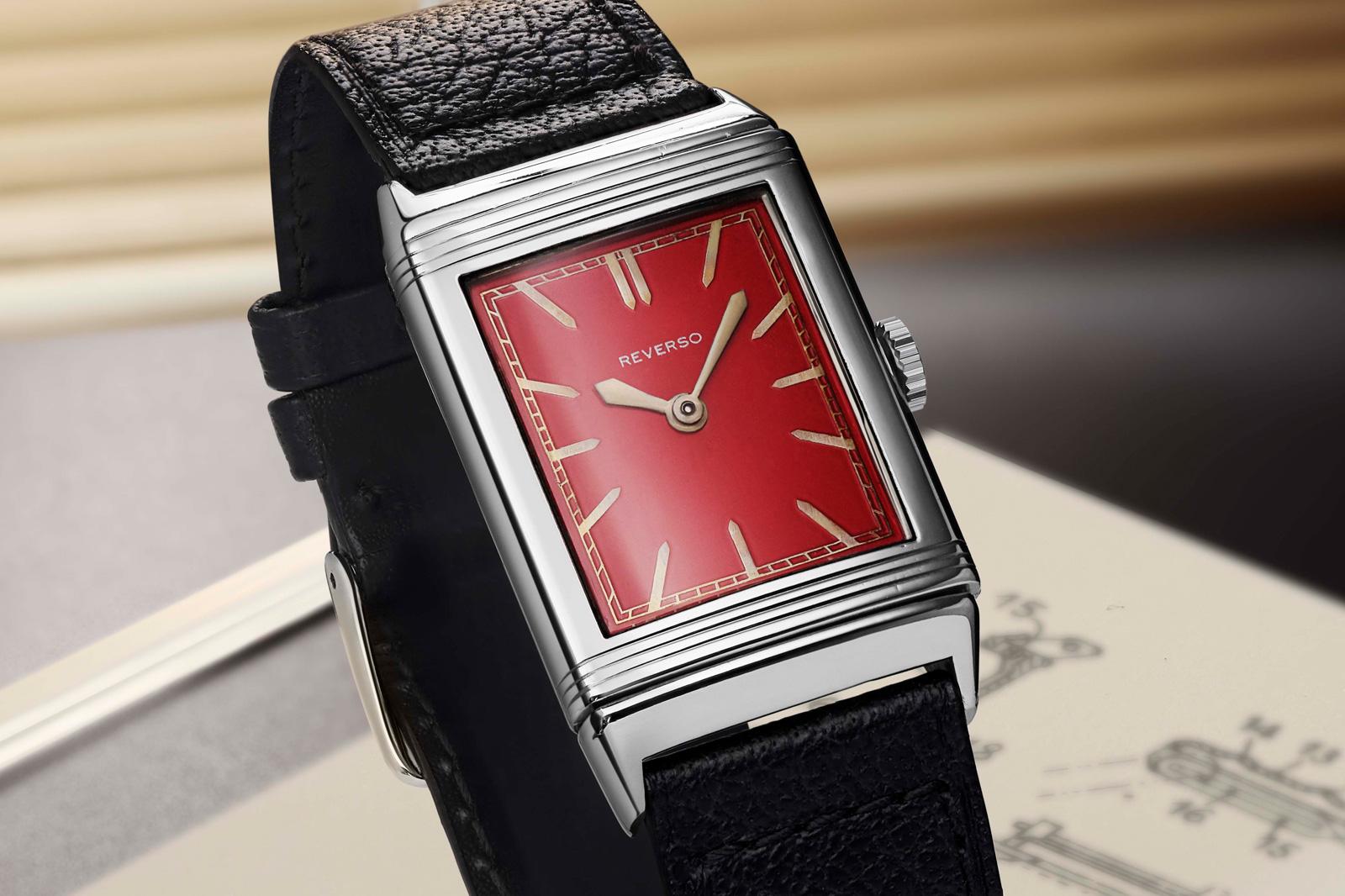
Arguably one of the most iconic design periods of the 20th century, the Art Deco movement had its origins in the post World War I era and was a means to express mankind’s faith in social progress. Typically exuberant in aesthetics, the Art Deco movement not only led to the creation of many emblematic buildings and cars, but also handbags and timepieces.
As a watch writer, I'm compelled to begin with watches, and while the wristwatch was still in its infancy in the 1920s and 1930s, the Art Deco influence on the industry is quite telling. Right from stepped rectangular cases to elaborate numerals and hands, to intricate engravings on dials and cases – the Art Deco period led to the creation of some of the most intriguing timepieces – one of the best-known examples of which is the Jaeger-LeCoultre Reverso.
Introduced in 1931, the Reverso features some of the Art Deco period’s most telling design hallmarks with its rectangular case, angled hour markers and sword-shaped hands. An elegantly-styled watch designed for the rough and tumble of polo matches, the Reverso fits the cultural zeitgeist of the roaring twenties quite well, if you ask me – given its hyper-specific utilitarian case and broadly appealing aesthetic.
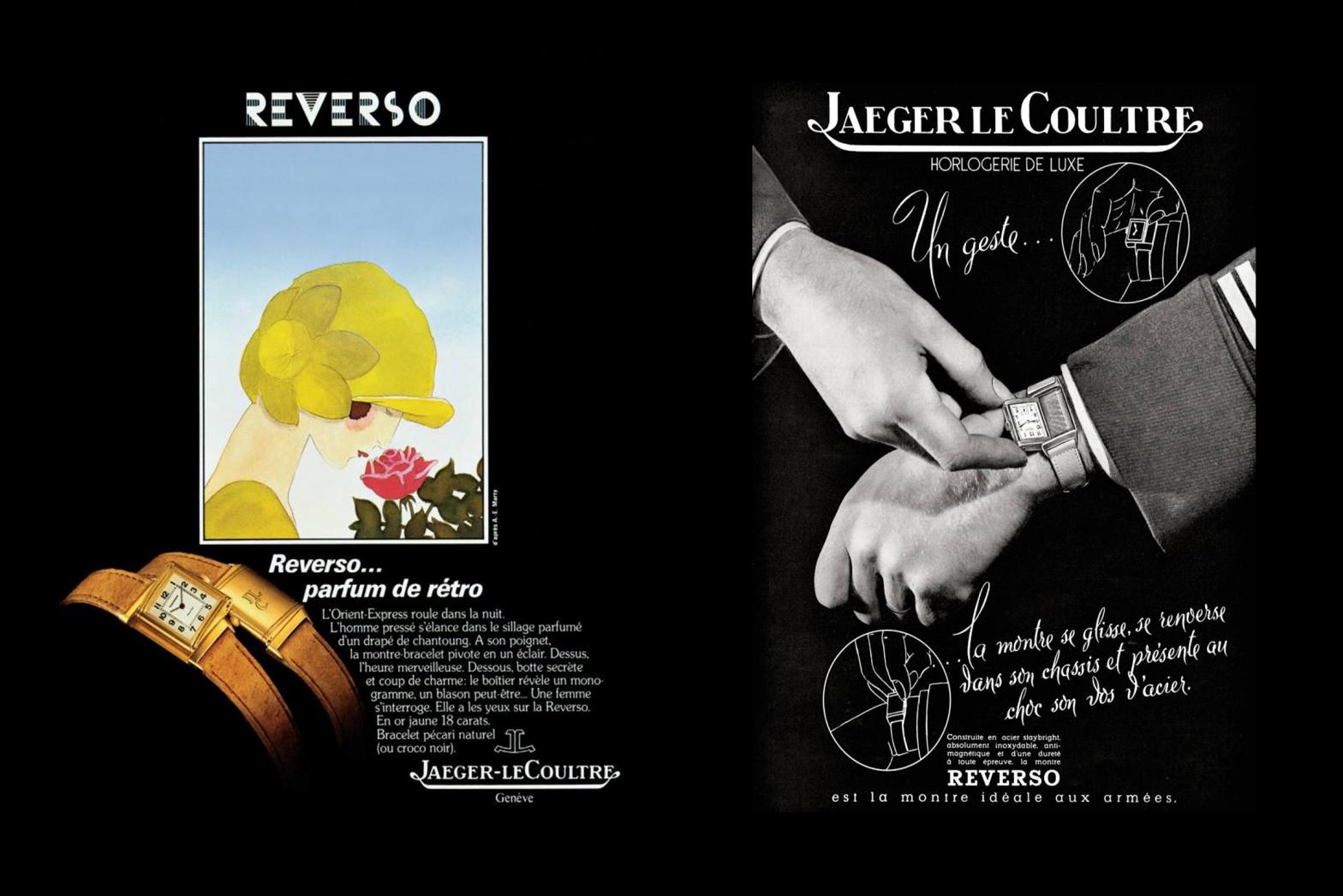
Besides this revolutionary watch with a flipping case, Vacheron Constantin’s ‘Don Pancho’ Minute Repeater from 1936 was another token of typical Art Deco styling. With its oversized tonneau-shaped case, classic Breguet numerals and a dial that employed a rather interesting circular layout, the Don Pancho was one of the only three wristwatches featuring calendar complications and a minute repeating mechanism made before the end of the 1940s
I find it interesting that while the wristwatches for men started their journeys as utilitarian tools, they eventually followed the norm for women's wristwatches (or wristlets as they were known in the early 20th century) to become stylish status symbols that were often functional pieces of fashion like the ‘Don Pancho’ with its array of complications, the JLC Reverso with its polo-protected dial and reversible case and the fashionable Cartier Tank Chinoise from 1922, an angular watch with a stepped case that was robust and masculine, yet also sophisticated and refined.

On the contrary, handbags were rather small yet extravagantly styled - just like watches in terms of their aesthetic and design. Handbags would often feature elaborate metal finishings, colourful beads, exciting shapes, carved leather engravings and embroidered patterns. As was the cultural zeitgeist; post-war exuberance and the economic boom leading to the roaring twenties created an affinity for men and women to seek out luxurious accessories that communicated their ability to maintain a trendy sense of style.
If we take a look at Chanel’s first handbag, which eventually inspired the Chanel 2.55, it was controversial for the very reason that, as a free-spirited designer, Coco Chanel wanted to break away from the small and impractical handbag designs that dominated the landscape then and create a bag that employed a shoulder strap – inspired by the straps soldiers used to carry their weapons and equipment. However, with its quilted construction and stitched embroidery, it was in tune with the Art Deco period’s overarching trends while also introducing the idea of practicality to the humble handbag.

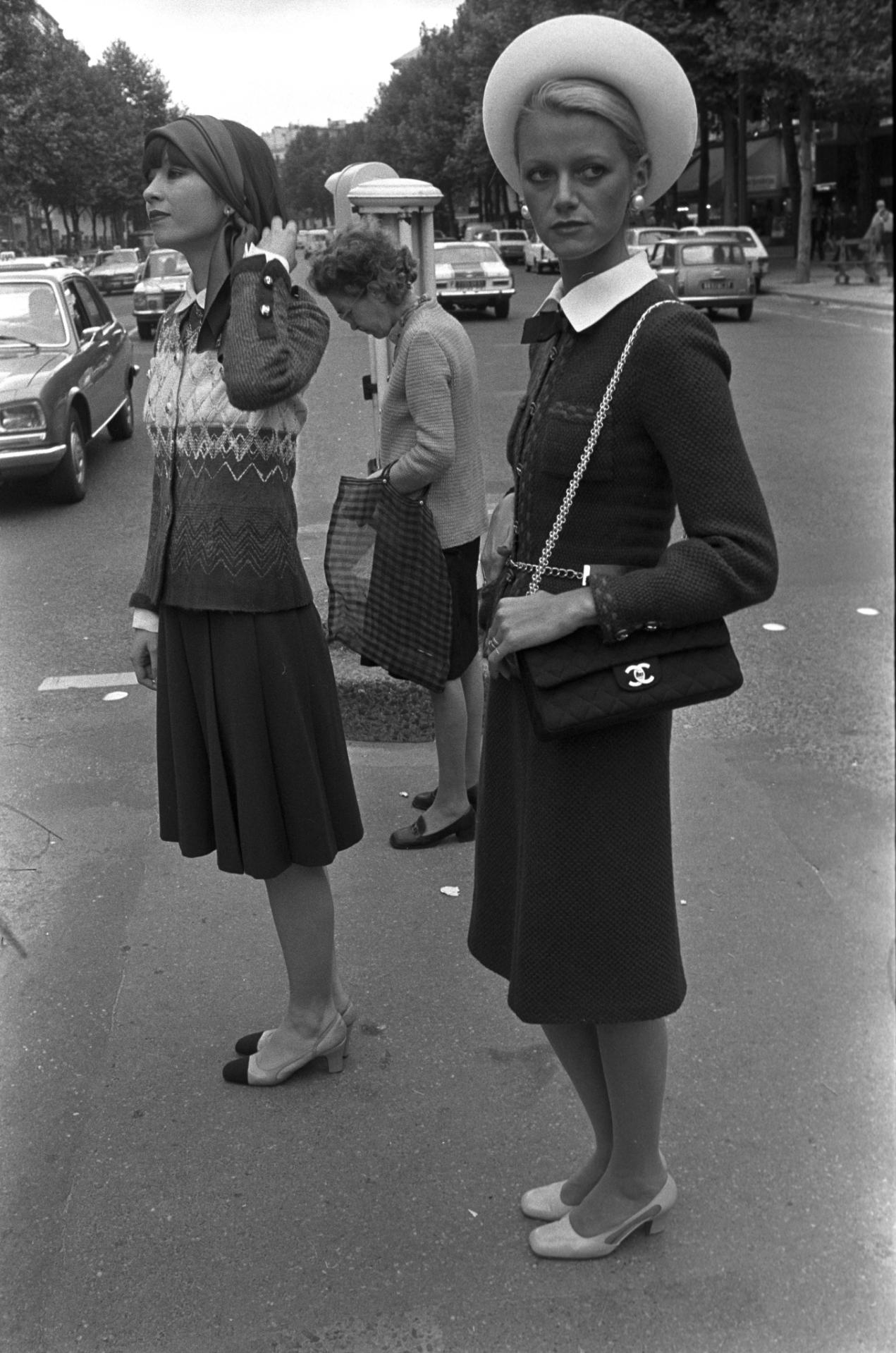
Wartime Fashion (1930s and 1940s)
As society exited the dull grey mundanity of design seen during the First World War with the Art Deco period, it quickly entered back into it during the 1940s as the Second World War broke out. As a result, the free-spirited design that punctuated the Art Deco period soon transitioned into practical and efficient designs seen during WWII. It was then that timepieces like the B-Uhren pilot’s watch and Panerai’s Radiomir were born. Purely utilitarian in design and functionality, these watches are now iconic but they were certainly a lot less flamboyant and fashionable as compared to those from the preceding Art Deco period.
As watches evolved into tools that were hyper-focused on enabling their wearer to carry out specific jobs, handbags too became increasingly utilitarian as the needs of women grew with a greater number of items to carry in handbags bought on tighter budgets. Enter the — ‘Envelope bag’ designed to maximise storage capacity, these large clutch bags often used metal zippers and came with a couple of compartments for neat organizing.
Moving over flashy aesthetics, both handbags and watches grew larger in size to serve utility. In addition, they saw plainer designs and an increasingly evident shift from fashion to necessity in keeping with the overarching societal and cultural issues that wartime created.


The Tool Watch Boom and Handbag Renaissance (1950s)
Following the end of WWII, the economic recovery was in full swing and just like how when WWI ended, the Art Deco period was born, the 20th century’s second most significant period was born post WWII. Named the 'Economic Miracle', this was the time when Europe and the rest of the world was rebuilding, currencies were rebounding, international trade was opening up, and designers suddenly had access to materials and inspiration that were otherwise difficult to obtain during the 1930s and 1940s. As a result, we can view the design evolution of handbags and watches throughout the 1950s in much the same light as the Art Deco period.
Famed for the birth of so many famous tool watches, the 1950s is arguably one of the most critical periods of modern watchmaking concerning the models we still know and love today. From the Rolex Submariner and GMT-Master to the Omega Speedmaster and Blancpain Fifty-Fathoms to the Breitling Navitimer, it was a period of great experimentation as designers took the profound utility that timepieces had for soldiers in the war and created functional watches with designs that were user-friendly, simple in their aesthetic and robust.
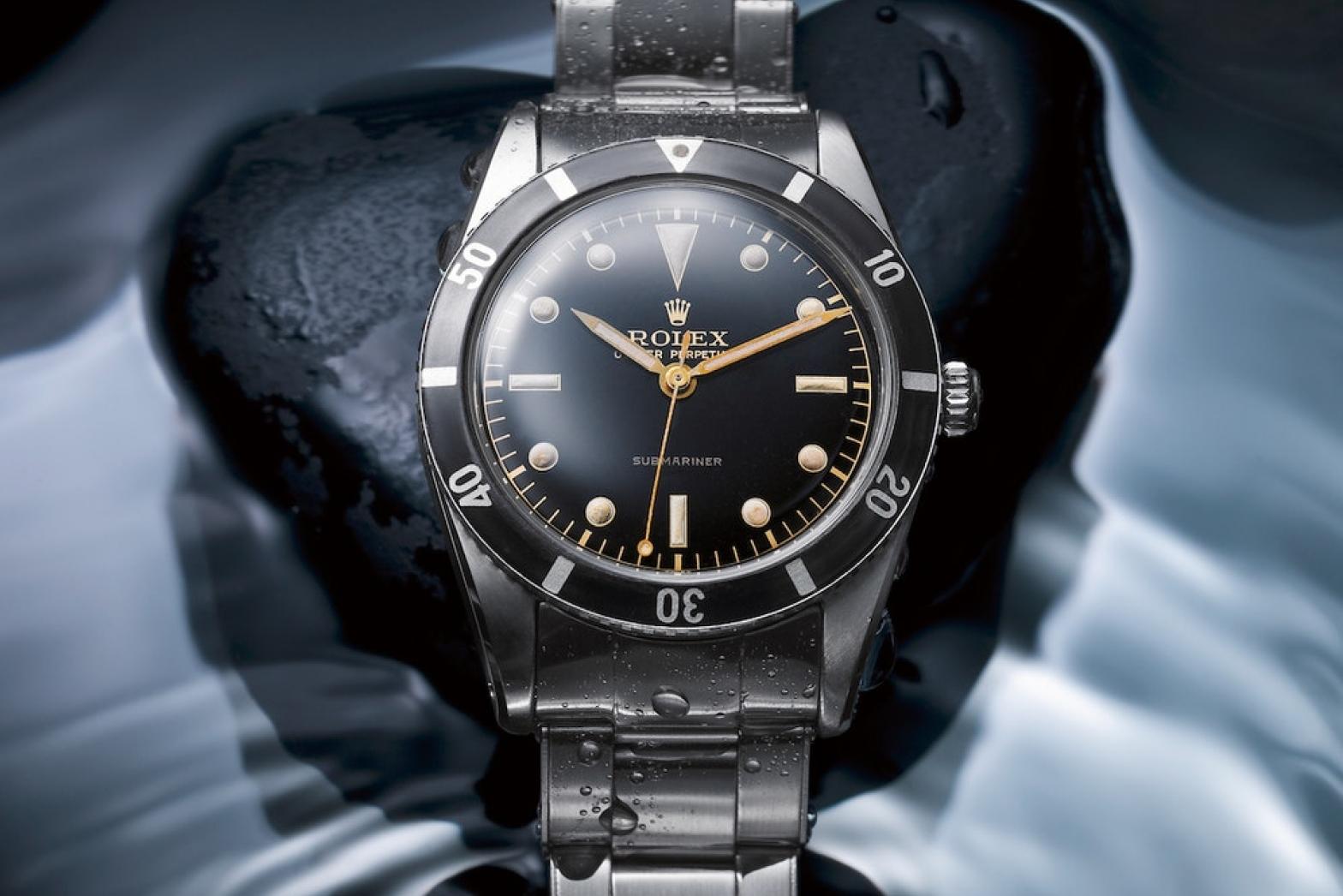
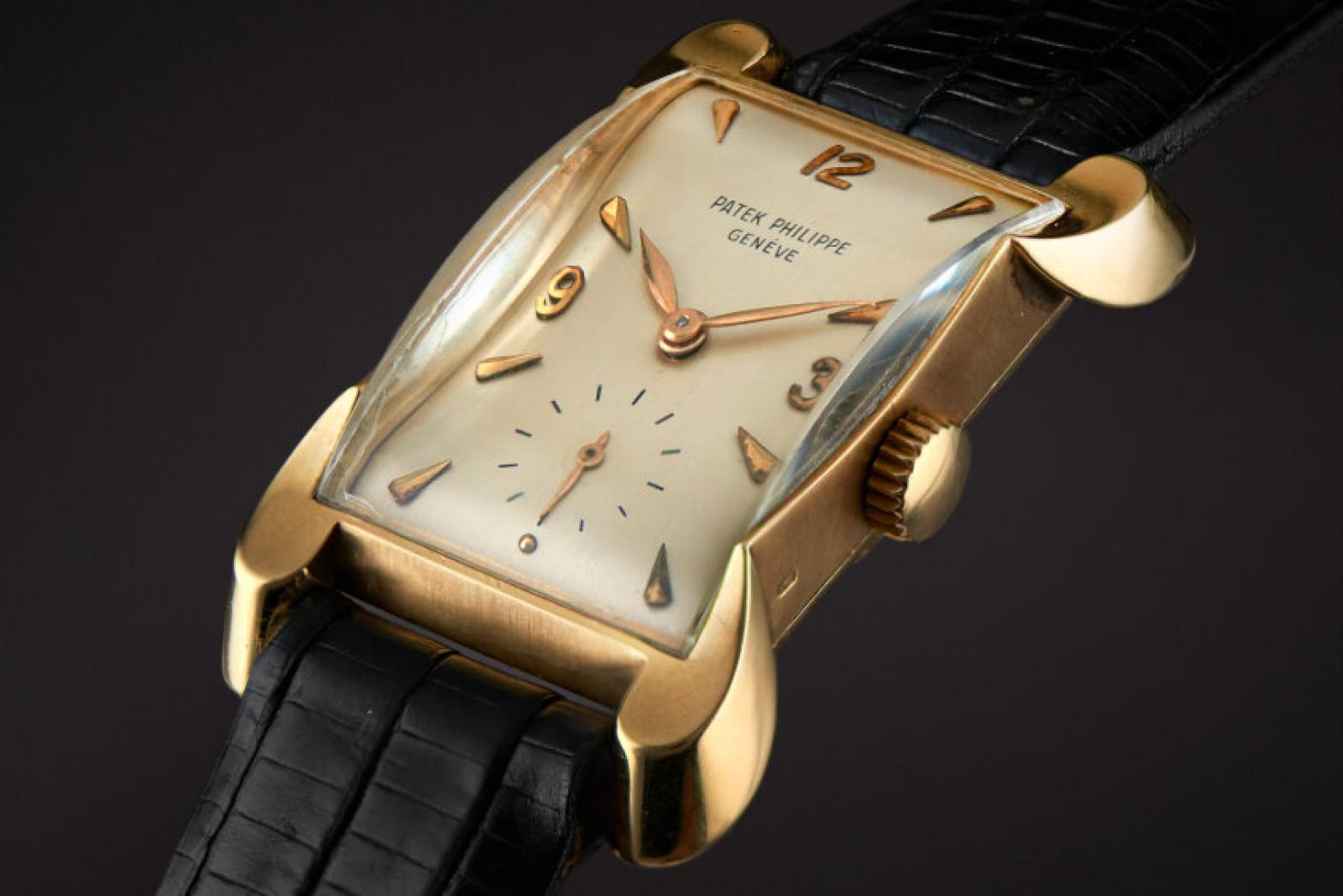
On the other hand, classically styled, gold dress watches like the Patek Philippe Calatrava Ref. 96 were equally popular throughout the realm of watchmaking as designers sought to cater to the diverging demographics that emerged from WWII – nostalgia-fuelled parents vying for a return to the past and forward-thinking youngsters exploring new frontiers as the world opened up. Ultimately, watch design tried to reflect that shift in culture whereby both generations wanted something totally different from one another.
It mustn't be overlooked that watch designers were even beginning to experiment with the sanctity of the dress watch as new shapes became increasingly common and novel lug designs began to evolve, making timepieces these splendid reinterpretations of the abstract art that painters like Picasso were popularising with the cubism movement. Examples of such watches are the Jaeger-LeCoultre Memovox Alarm with its whacky lug designs, or the Patek Philippe Ref. 2503 that blends an intriguing case design with bulbous teardrop lugs.
Handbags followed pretty much the same design evolution as watches during the 1950s. Just as some truly iconic watches were born in the 1950s, some legendary handbags were designed too. The widespread acceptance of the handbag as a utilitarian accessory encouraged designers to create fashionable handbags that could cater to different lifestyles and women with vastly unique styles.

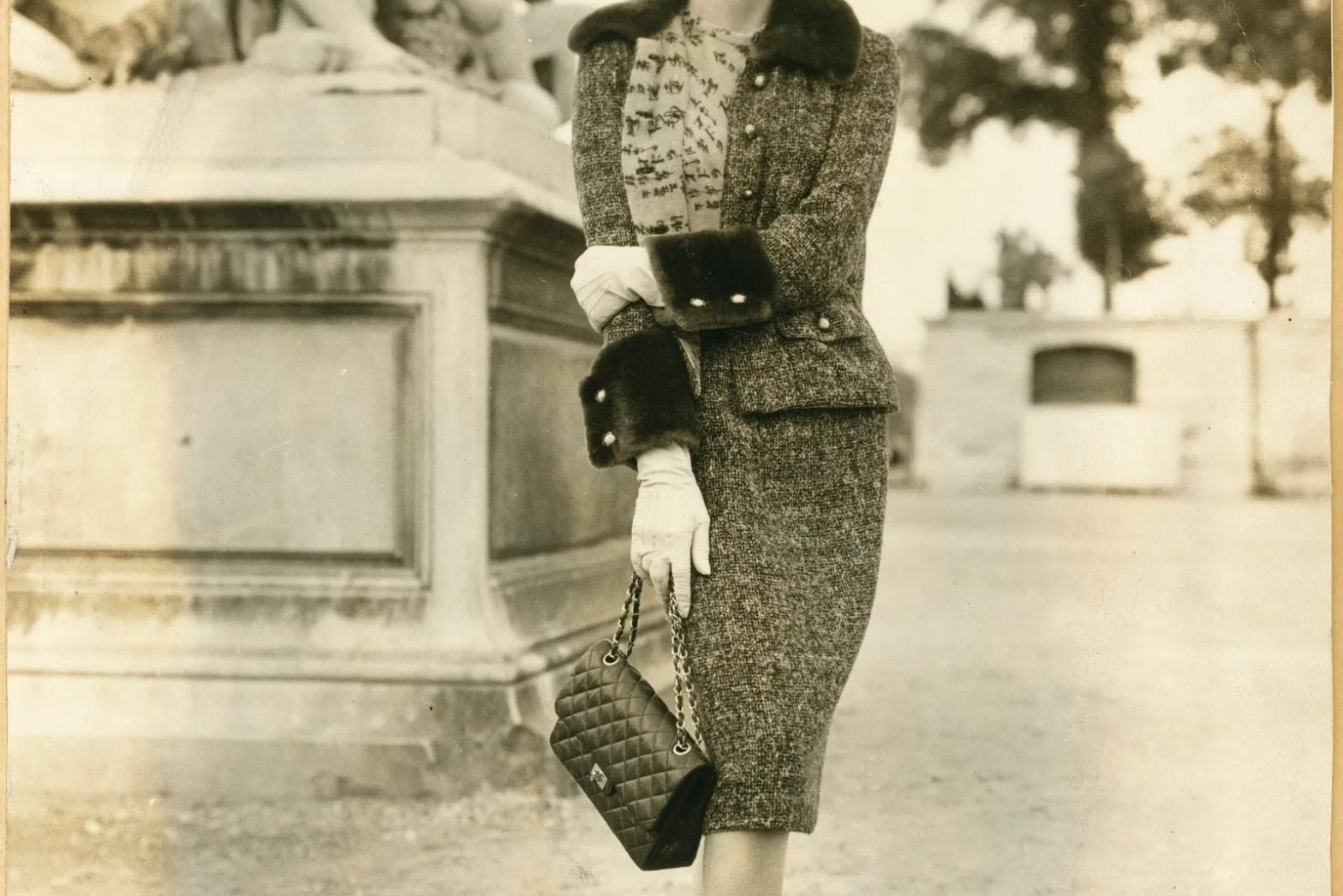
With this incredible birth of new designs and near-unlimited choices, brands began to embellish their handbags with their logos and other means of differentiation. This enabled models like the Hermes Kelly and Chanel 2.55 to slowly usher in the period of the 'it bag' as handbags permeated public perception and began to become accepted as feminine luxury items that every woman should own as a means to top off her persona of domestic bliss in keeping with the idealised view of femininity during the era.
This can be likened to watches reflecting their owner's ideals during the 1950s as a classical dress watch was likely a symbol of nostalgia and what a man once knew. In contrast, a utility-driven tool watch symbolised exploration and uncovering the world – a stereotypically masculine activity, for an equally masculine accessory, just as handbags depicted feminine traits and societal biases.
Rounding off the 1950s, handbags were also subject to the same experimentation as watches with regards to their shape as handbag designers utilised octagonal, circular, rectangular and hexagonal bags. In a step that watchmakers didn't follow, however, handbag designers did use pioneering material technologies such as rayon and lucite – a material used in aircraft manufacturing!
